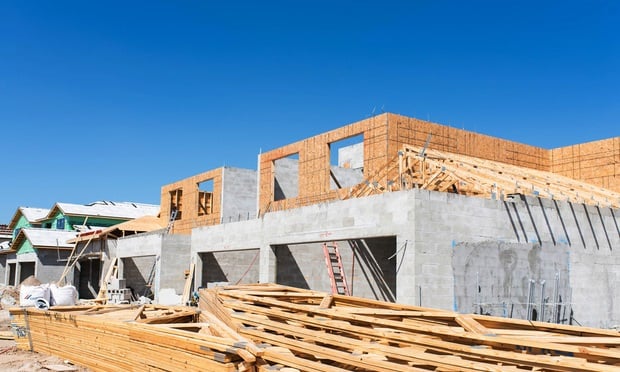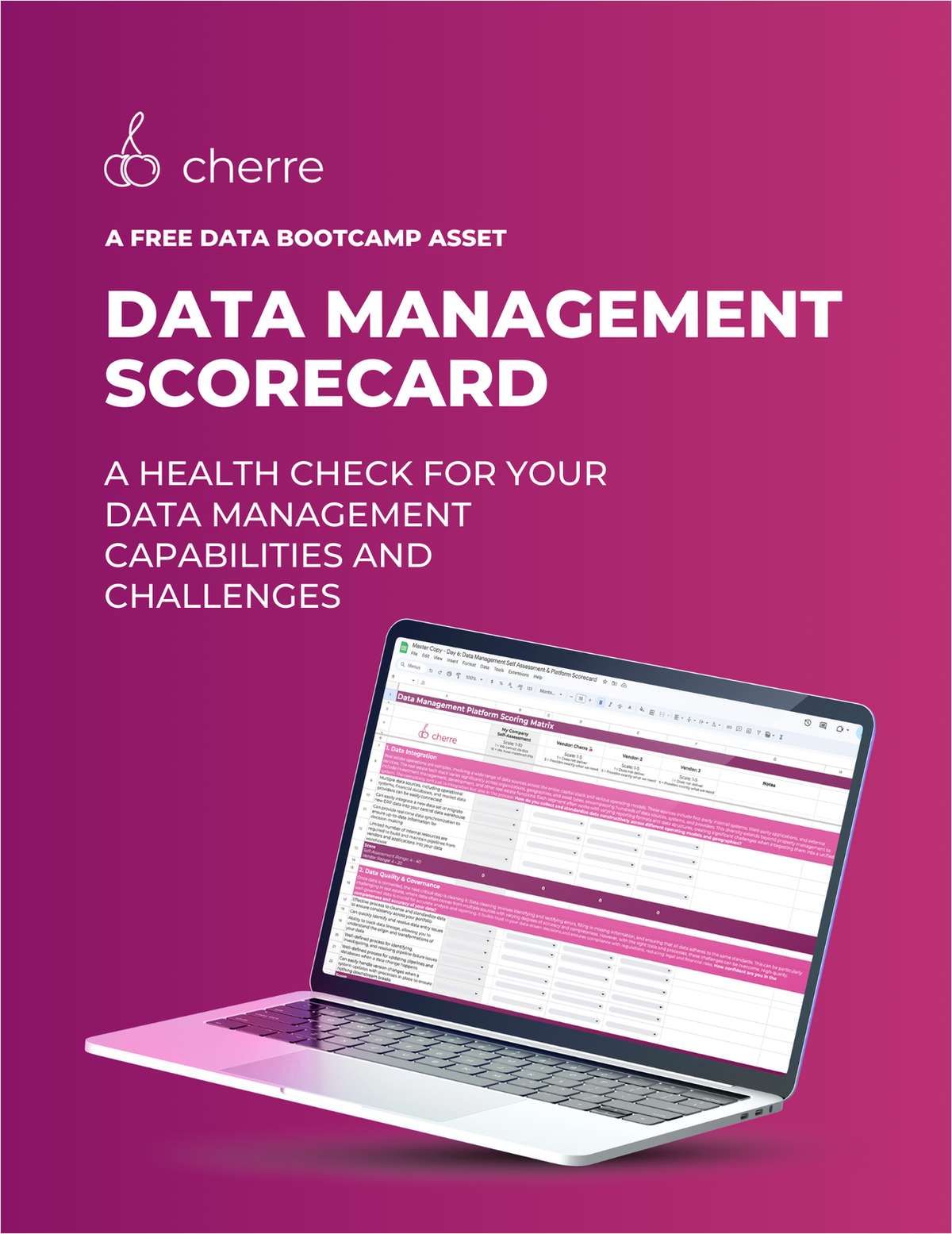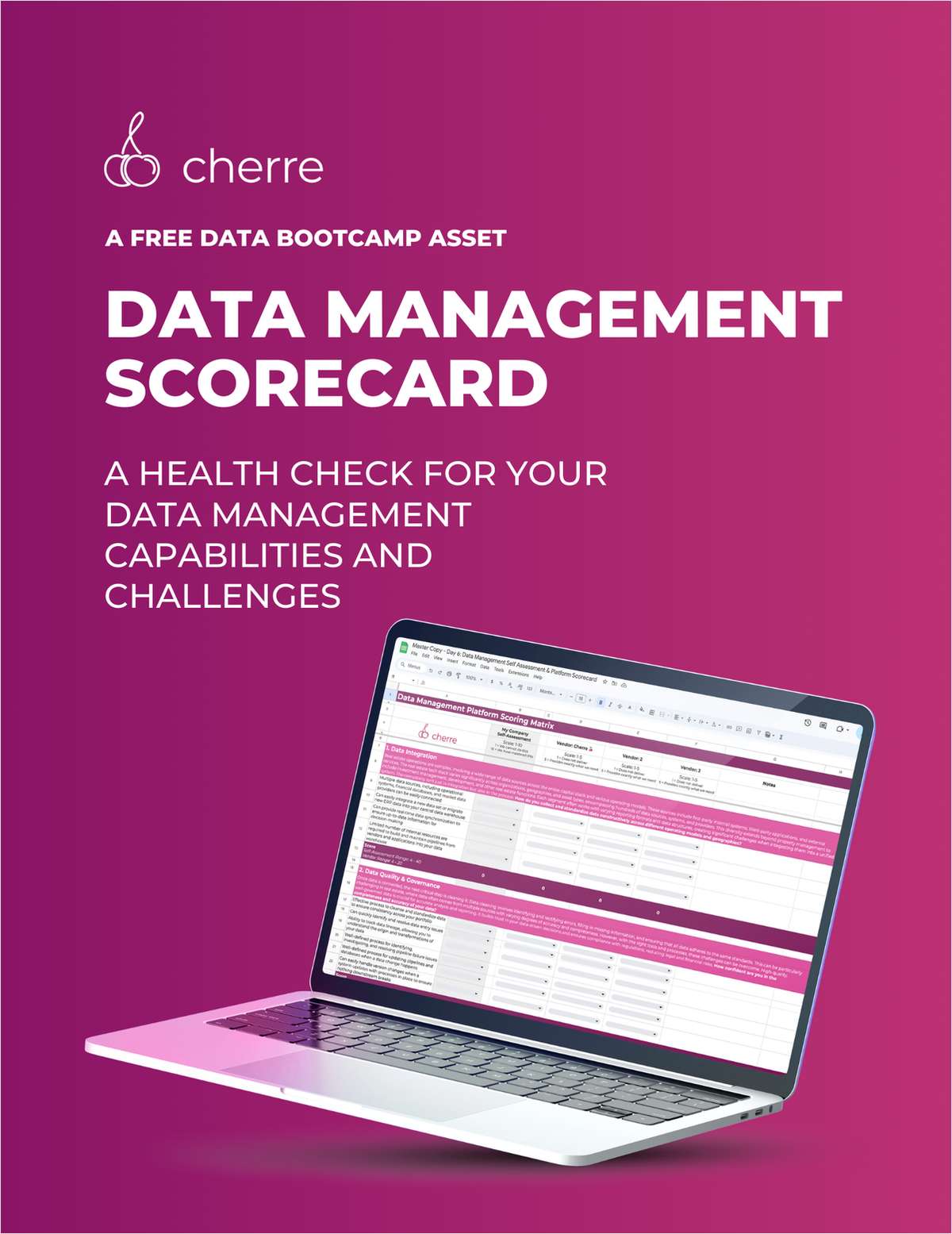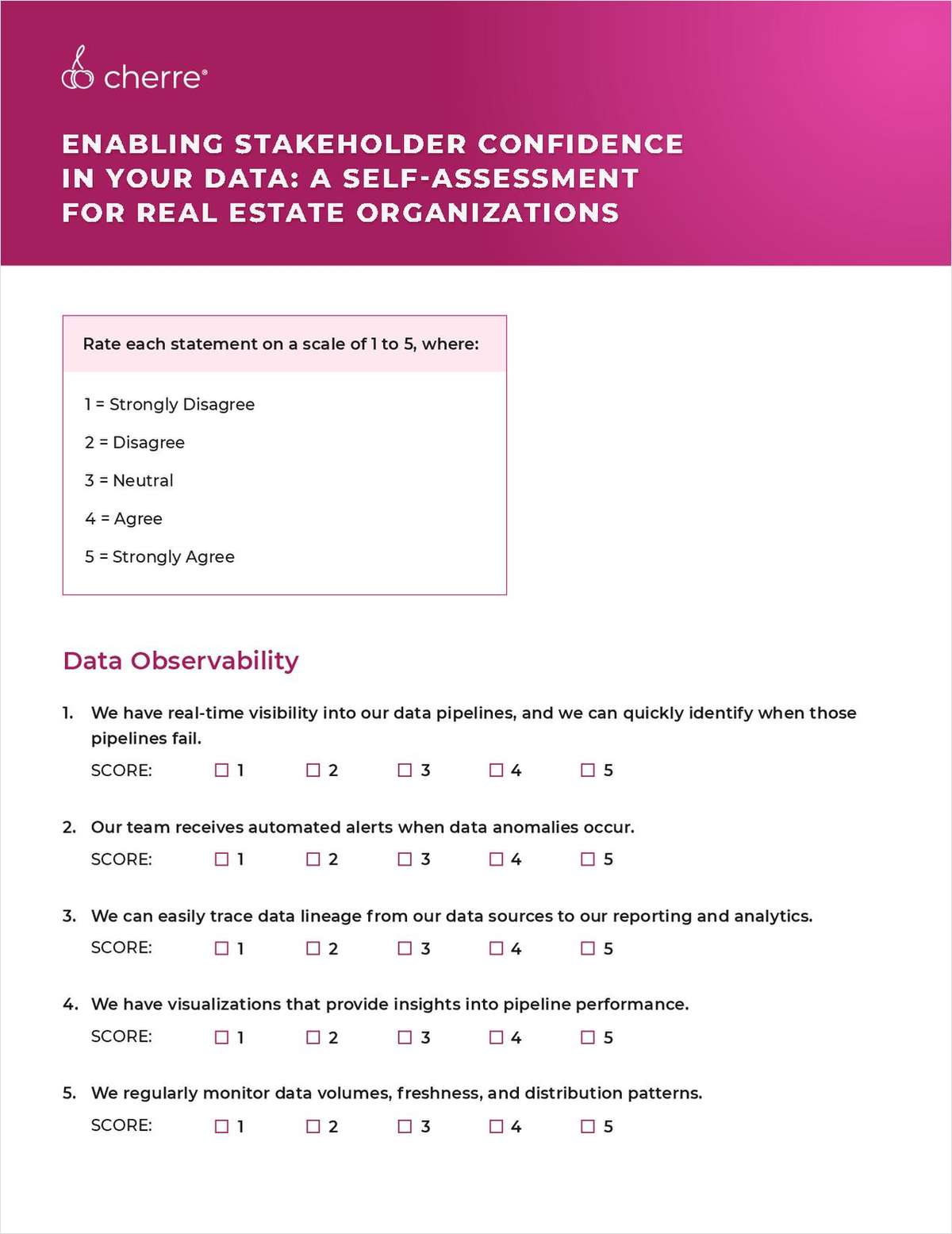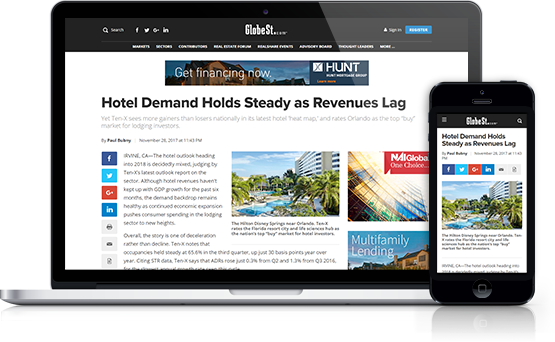LOS ANGELES—Creative office has swept the Los Angeles market. In some submarkets, like the South Bay, it is driving office growth, while other submarkets are trying to attract creative office users. While the trend is prevailing, creative office can be traced back to industrial conversion projects, which originally jumpstarted the market. Yardi and Commercial Café have compiled a list of the most iconic office conversions in Los Angeles in the last decade. The list includes the Reserve, the Desmond; Hercules Campus at Playa Vista; The Ford Factory; 2nd and Vignes; and the Sears Landmark Building,
The firm undertook this task because creative office conversions are not typically considered ground-up construction, and are therefore not included in the office development pipeline. “Such developments are examples of how the “creative office hunger” drives change in a neighborhood's economy, comfort and looks—office—using creative industries have stepped outside the coloring lines and looked to formerly mixed-use residential and industrial areas,” says the report.
The report highlighted the Reserve in Playa Vista and the Sears Landmark Building. The Reserve was redeveloped by Shorenstein and Worthe REG, which paid $46.5 million for the property and another $30 million to convert the property into a creative office project. It is a 20-acre site with 400,000 square feet of office space. Izek Shomof purchased the Sears Landmark Building in 2013, and gave the 90-year-old project into 1,000 live/work units, 80,000 square feet of retail/restaurant space and 240,000 square feet of office space. Omgivning designed the new space.
The projects highlighted were all historic, from the Desmond, which was built in 1916, to the Ford Factory, which was built in 1913. All of the properties were located throughout the Los Angeles market, and represent the early evolution of creative office design, or what Yardi call “creative office hunger.” These office projects have helped to drive a change in neighborhood culture and economy, and have helped fuel demand in nearby multifamily projects. In addition, they have shifted demographics by attracting a new, younger demographic.
LOS ANGELES—Creative office has swept the Los Angeles market. In some submarkets, like the South Bay, it is driving office growth, while other submarkets are trying to attract creative office users. While the trend is prevailing, creative office can be traced back to industrial conversion projects, which originally jumpstarted the market. Yardi and Commercial Café have compiled
The firm undertook this task because creative office conversions are not typically considered ground-up construction, and are therefore not included in the office development pipeline. “Such developments are examples of how the “creative office hunger” drives change in a neighborhood's economy, comfort and looks—office—using creative industries have stepped outside the coloring lines and looked to formerly mixed-use residential and industrial areas,” says the report.
The report highlighted the Reserve in Playa Vista and the Sears Landmark Building. The Reserve was redeveloped by Shorenstein and Worthe REG, which paid $46.5 million for the property and another $30 million to convert the property into a creative office project. It is a 20-acre site with 400,000 square feet of office space. Izek Shomof purchased the Sears Landmark Building in 2013, and gave the 90-year-old project into 1,000 live/work units, 80,000 square feet of retail/restaurant space and 240,000 square feet of office space. Omgivning designed the new space.
The projects highlighted were all historic, from the Desmond, which was built in 1916, to the Ford Factory, which was built in 1913. All of the properties were located throughout the Los Angeles market, and represent the early evolution of creative office design, or what Yardi call “creative office hunger.” These office projects have helped to drive a change in neighborhood culture and economy, and have helped fuel demand in nearby multifamily projects. In addition, they have shifted demographics by attracting a new, younger demographic.
Want to continue reading?
Become a Free ALM Digital Reader.
Once you are an ALM Digital Member, you’ll receive:
- Breaking commercial real estate news and analysis, on-site and via our newsletters and custom alerts
- Educational webcasts, white papers, and ebooks from industry thought leaders
- Critical coverage of the property casualty insurance and financial advisory markets on our other ALM sites, PropertyCasualty360 and ThinkAdvisor
Already have an account? Sign In Now
*May exclude premium content© 2024 ALM Global, LLC, All Rights Reserved. Request academic re-use from www.copyright.com. All other uses, submit a request to [email protected]. For more information visit Asset & Logo Licensing.





